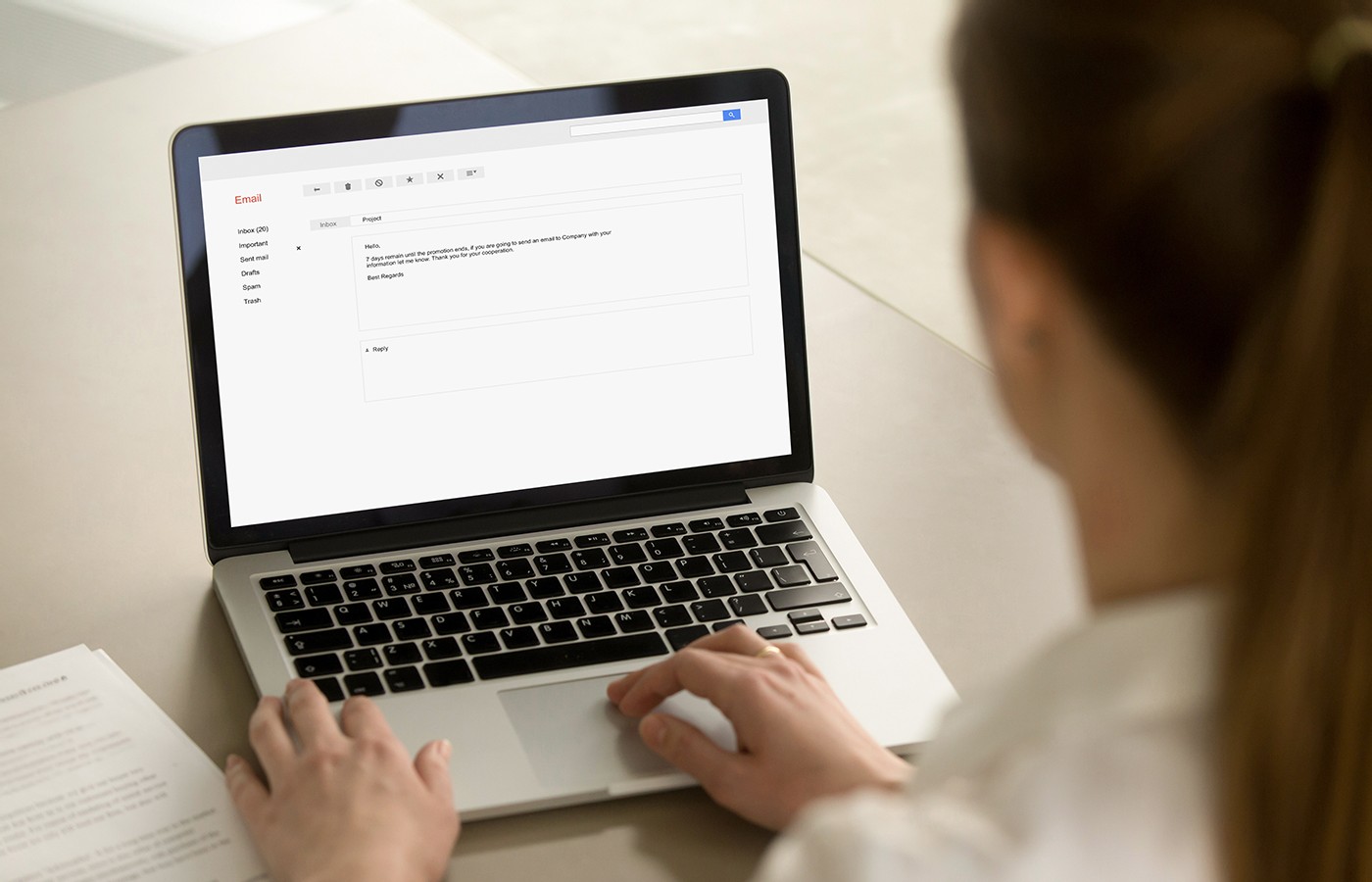Whether you accept it, avoid it or live somewhere in between, insurance coverage has become a defining issue for our profession. Patients increasingly expect to use their benefits, practitioners want to be compensated fairly for their time and expertise, and the system itself remains – at best – fragmented. The encouraging news is that coverage has expanded in meaningful ways. The challenging news is that reimbursement, across the board, remains inadequate.
Letter to the Editor
RE: An Auricular Point for Migraines
Dear Editor:
Your mid-week news had the article, “An Auricular Point for Migraines: New Research” [Article published in the February 2025 issue.] A study showed some effectiveness for the Ear Sympathetic point where the lower part of the antihelix crus meets the helix.
Many of us may not be familiar with the “Daith piercing” of the ear, which became popular in the past decade or so. The ear is pierced for jewelry near the root of the helix, anterior to Point Zero and the Ear Diaphragm point. Empirically, many, but not all migraine patients have reported total relief from migraines when they had this piercing done, yet many of them reported their migraines returned within a year. Perhaps the piercing and the jewelry cause too much stimulation, reducing the effect over time.
This experience of temporary relief could argue against the piercing, and argue for needling the same area during acupuncture treatment, perhaps in combination with other auricular points such as Ear Sympathetic.
As always, the best method for choosing auricular points may be to stimulate various points with a probe, testing against the patient’s current pain level or some other indicator or reflex, needling the points that have the greatest effect.
As we well know, the Western method of isolating the variables to find a standardized solution is problematic when dealing with complex biological systems.
Kim Bonsteel, LAc, CCHM, LMBT
Editor’s Note: The Letters to the Editor section serves as a forum for readers to provide feedback, pro, con or otherwise, on articles published in Acupuncture Today. Submit your letter for consideration to editorial@acupuncturetoday.com. Please include your full name and degree(s)/certification(s). Submission is acknowledgment that your letter may appear in a future issue.



